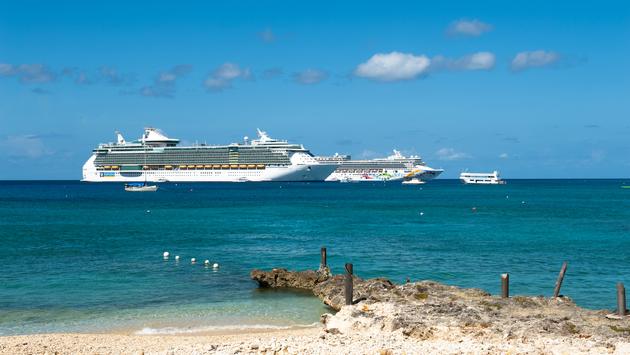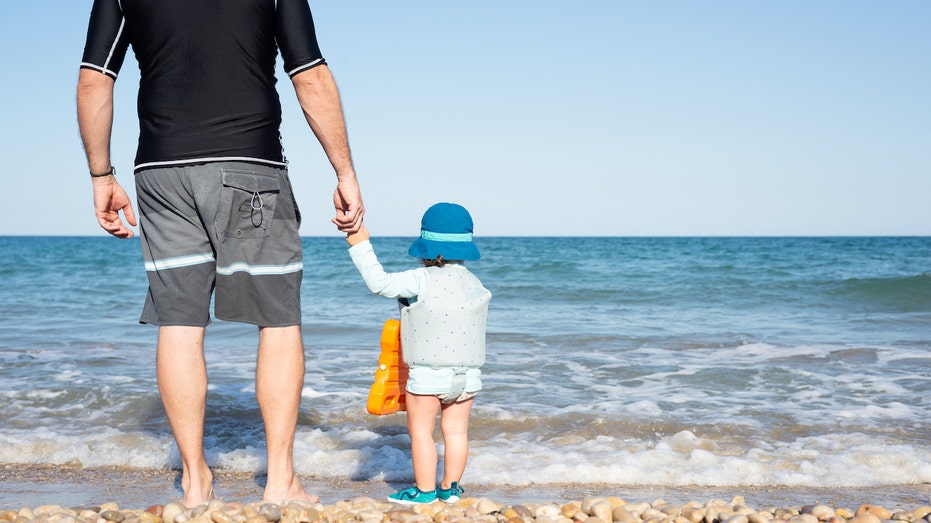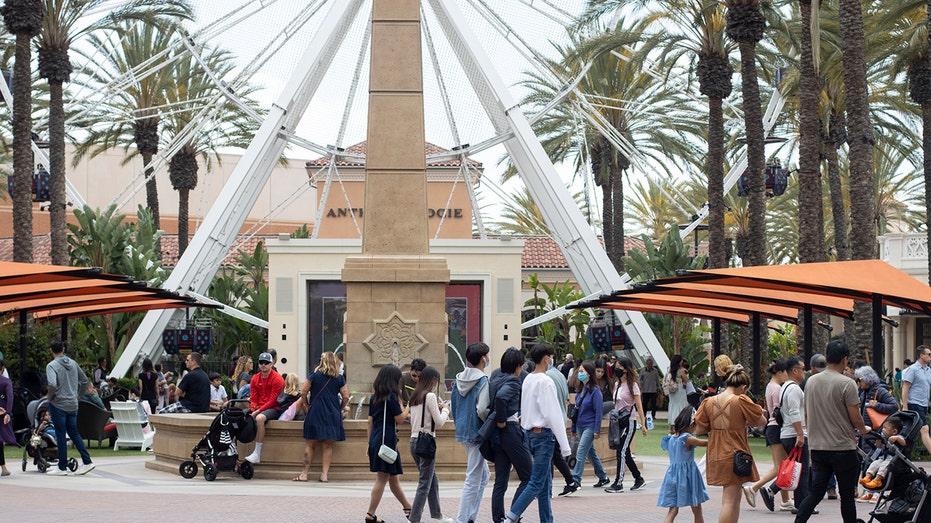- by foxnews
- 11 Mar 2025
Cayman Islands Seeks to Stabilize Crucial Cruise Business
Sustainability a priority for key Caribbean cruise port.
- by travelpulse
- 15 Sep 2022
- in travel

The Cayman Islands government has commissioned a cruise tourism strategy study to determine how the destination's cruise traffic will develop after two years of pandemic-imposed inactivity and the scuttling of a multi-million dollar cruise port project.
Speaking Tuesday at a Caribbean Tourism Organization (CTO) conference in Grand Cayman, Kenneth Bryan, the Cayman Islands minister of tourism, said the study "can be best described as a road map for redesigning our core approach" following the resumption this year of cruise ship calls at the destination.
Bryan said the Cayman Islands hosted 77 cruise ship calls carrying 213,000 passengers through March of this year. Cruise visitors represent the majority of the country's leisure visitors, he said.
For cruise lines, the Cayman Islands are a geographically crucial stop on western Caribbean itineraries.
"In a typical year, cruise passengers make up 75 percent of our arrivals," Bryan said, "so of course it's important this sector develops in a manner that is cohesive and sustainable well into the future."
The Cayman cruise study "will focus more intently on quality facilities management" while protecting the country's natural assets," Bryan said.
The Cayman Islands has long been among the most-visited Caribbean cruise ports. In 2019 the country hosted 1.83 million cruise ship guests, third most among regional ports, according to CTO data.
Nevertheless, the Cayman government voided a long-running proposal for a new cruise pier and passenger terminal in St. George's harbor following protests from local citizens concerned the project would harm the harbor's natural underwater environment.
Cruise lines had backed the proposal, asserting that a land-based pier would support their plans to introduce ever-larger vessels in Caribbean ports. Cruise ships calling at St. George's continue to anchor offshore and transfer passengers to land via tender vessels.
"We have a wonderful relationship with our cruise sector partners, [but] everything is about relationships and respecting each other," Bryan said. "We recognize [cruise lines] are trying to make more money with larger ships, but we also want things [to proceed] in a particular way."
He added, "I'm a representative of my people, and my people have said that the environment is more important to our country, from a sustainable perspective, than cruise itself. But that doesn't mean that we cannot do more things."
The Cayman government is working with cruise line representatives to discuss alternatives to a land-based port, said Bryan.
"I'm having conversations with the cruise lines, and even if we have tendering, we can discuss making the process more comfortable by utilizing better tenders, making them luxurious and making them better able to dock at these ships," he said.
"Those things can be investigated because we know [cruise lines] are important to them and they are important us," said Bryan.
Nevertheless, he does not expect the government to green-light further cruise passenger growth. "Moving forward our goal is not to grow much more beyond 75 percent of arrivals] because we recognize our environment can only handle so much."
"My team and I are working hard to ensure our tourism product contributes to our economy and preserves our precious natural and cultural heritage, but most importantly creates an opportunity to display the beauty and friendliness of our people."
For the latest travel news, updates and deals, subscribe to the daily TravelPulse newsletter.
- by foxnews
- descember 09, 2016
High-end vacation resort bans children to achieve 'tranquil environment'
The Alila Marea Beach Resort, located in Encinitas, California, has announced that it's no longer accepting kids and is transitioning to an adults-only vacation spot.
read more




